Wolfgang Tillmans has always been hard to pin down. For nearly 30 years, the unerringly prolific, German-born photographer has moved across forms and themes.
He started taking pictures of the Gen X-excesses of his friends in post-wall Berlin and Hamburg, before moving into fashion photography, fine art, photojournalism and electronic music.
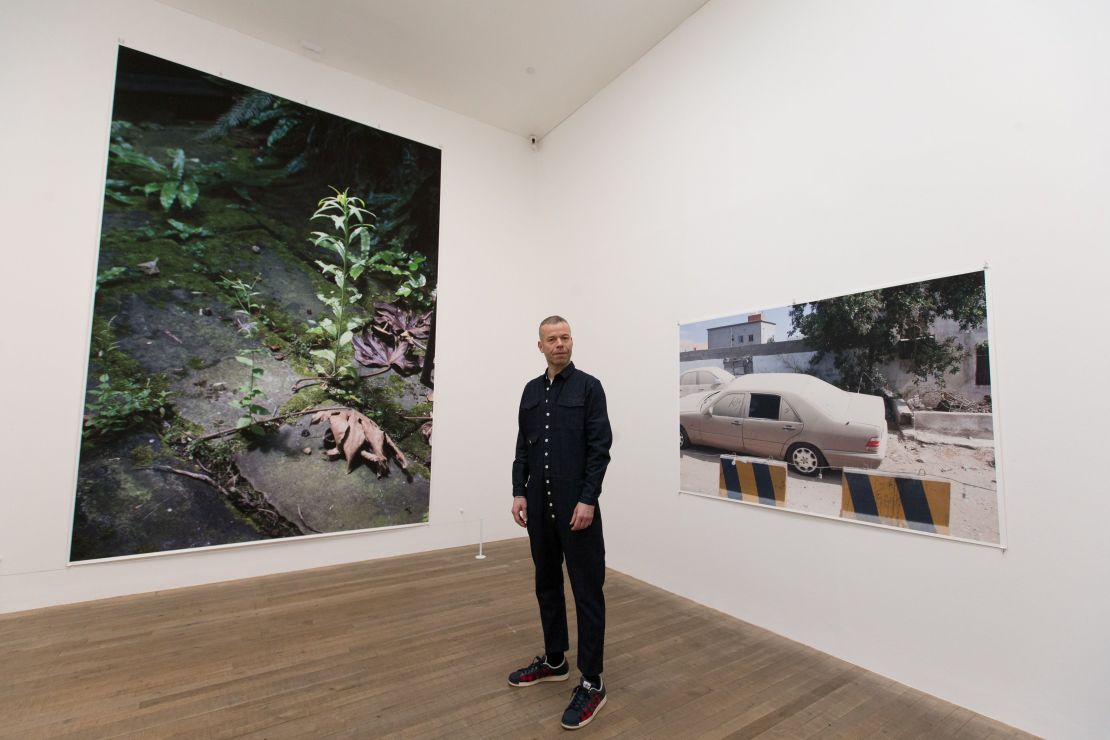
At the turn of the century, he became the first photographer and non-British artist to be awarded the UK’s prestigious Turner Prize.
While his work veers between practices, his interests have remained relatively consistent – youth, sexuality, nature, decay and politics.
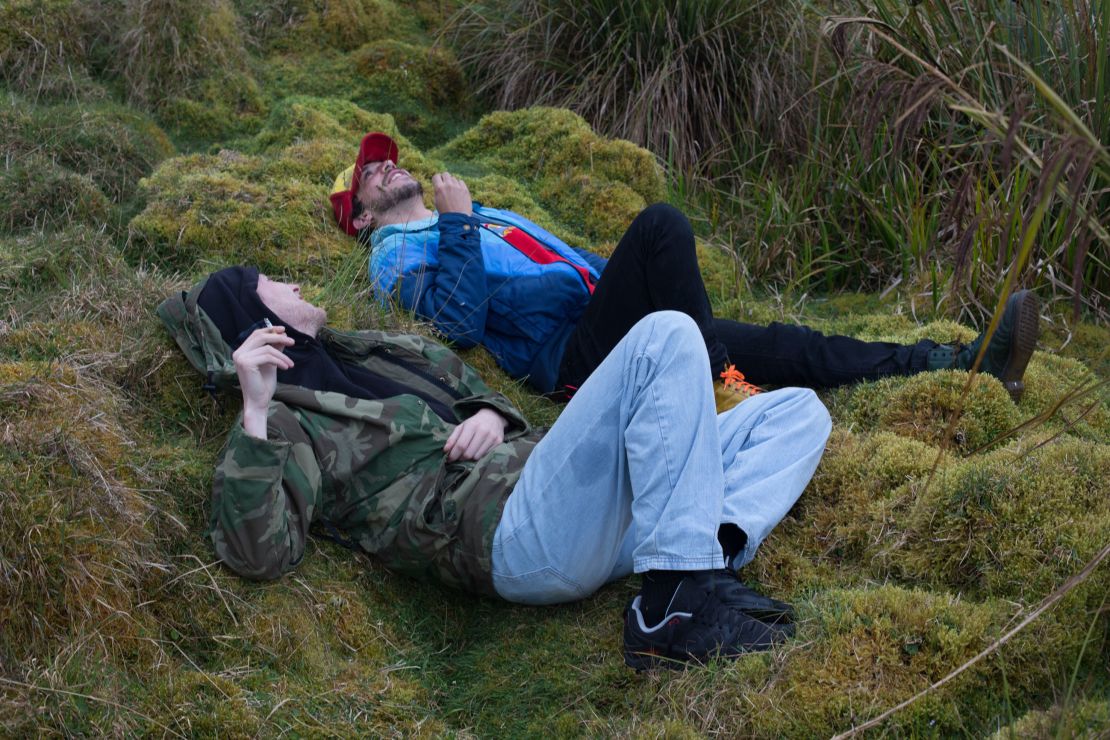
Such a body of work would be hard to put together in one retrospective, which is, at least in part, why the exhibition at Tate Modern in London begins in the year 2003.
Tillmans sees the year as something of a watermark in modern history, and a point where his work began to take on a much bigger scope.
“I have a feeling that 2003 was a year of destiny,” he tells me while we stand in the first room of the exhibition.
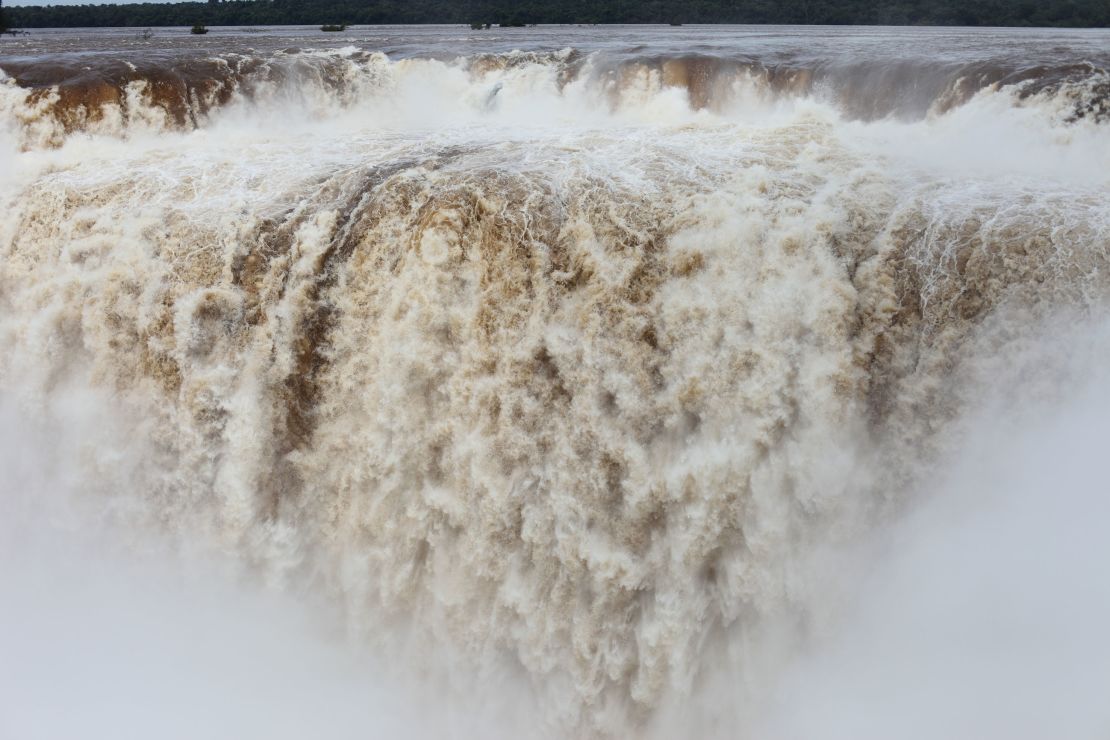
“There was an ongoing misunderstanding between the west and the Islamic world, and a pointless war that has repercussions to this day, with the European refugee crisis that’s put the EU under threat. It was a very disheartening moment.”
The exhibition shows glimpses of an increasingly fractured global landscape. Tillmans, a well-traveled man, has always had what the exhibition’s co-curator and departing Tate Modern director Chris Dercon calls “an eye for the world.”
All of life – human, animal and natural – is present; from the huge blow-ups of weeds and HIV anti-viral medication, to refugees, nightclubs, adverts, cars, celebrities, rotting lobsters, tropical skies and violent frothing waterfalls.
It’s as if his psyche has been detonated onto the walls of the gallery, and we’re all just here on a vain effort to try and make sense of it. The whole effect is quite dizzying, but incredibly intimate.
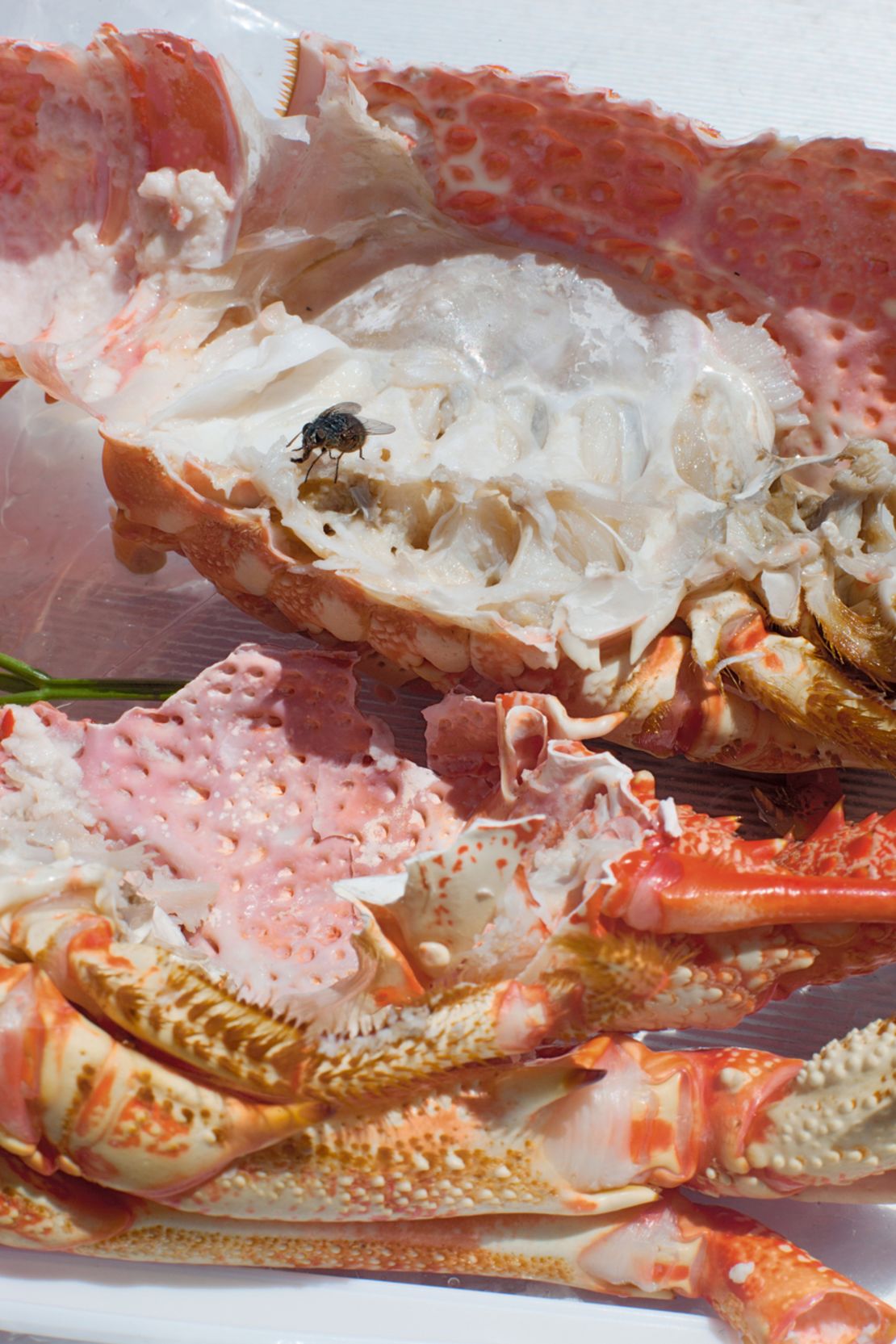
Visiting the exhibition is essentially stepping into the enormous archive of an artist who has never stopped working.
Not only do we see huge canvases, but the materials and articles that have inspired his thought process, as well as the various editorial commissions he’s worked on for the likes of Butt, The Face, i-D and Man About Town. Not to mention a room full of speakers pumping out some of the electronic compositions he’s been working on recently.
Whilst there’s a lot of Tillmans in the presentation, there’s also an impressive lack of vanity.
Less vainglorious, more industrious, here is an artist treating what he does like a profession – traveling the world, documenting it in every way he can and sharing his findings with us. Maybe it’s something to do with the old cliché of German efficiency, but not a single wall is wasted.
With so much of his work being archived online, or canvassed across Instagram and Tumblr, does Tillmans still see value in a physical exhibition?
His response is emphatic. “I’ve worked all my life to create these three-dimensional walk-in installations, where you experience images in space. To bring yourself in context to different scales and in context to the world, and that you can’t get on a smartphone, or in a book.
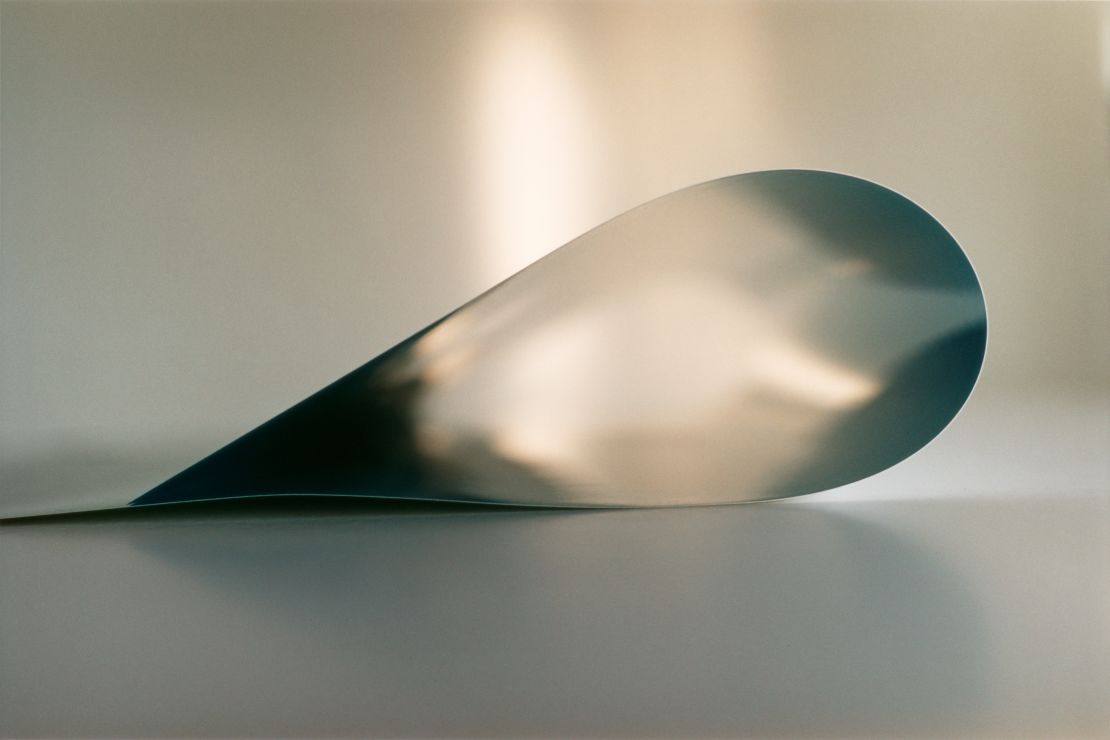
“I don’t see myself as just a purveyor of image information. For me the photograph has always been an object, and there’s a particular power to turning an image onto an object on a wall.”
It’s interesting that he mentions the context of the world, because much of the work on show takes on a strange, often menacing or melancholy afterlife when you look at it with the benefit of history.
A cover feature on Tony Blair for Attitude magazine in 2005 now comes across as incredibly foreboding, and his controversial work on the official Brexit remain campaign has become endowed with rue and regret as you look over his polite pleas for sense and tolerance.
For some, he will always be associated with this failed campaign, and I wonder if he felt wary of getting involved with something so directly, uncompromisingly political, whereas most artists prefer to do their politics with a small p, in the abstract.
“I honestly felt a sense of urgency that I felt like never before, I felt that this onslaught, this desire to destroy the European Union was just the worst thing,” he says.
“(It was) the wrong idea at the wrong time, and I felt that I needed to act, just to look in the mirror with pride, knowing that I did what I could do. I felt it was of existential importance.”
In spite of subsequent discourse around whether his campaign was just another example of the privileged art-world elite telling the people what to do and misjudging the mood of the nation, he remains defiant about what he did, with a humanity that’s typical of his work.
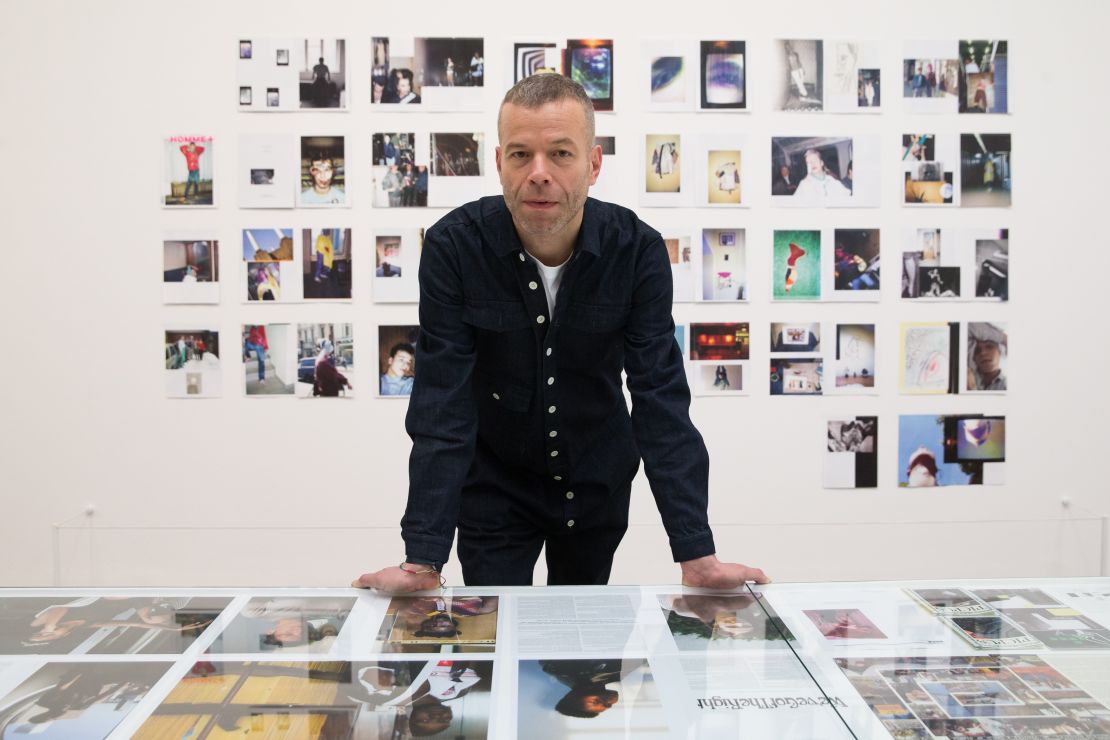
“I just did this as a citizen and not as an art work. There are many enemies of the way we live our free lives in Europe, and the European Union is not our enemy number one. And I will carry on spreading that message.”
After our interview is cut short by his PR team so he can continue his rounds, Tillmans asks me to make sure the write-up is not just political, that “there is poetry here too.”
And that’s about as close as I can get to explaining the exhibition: It’s both the political and the poetic.








































